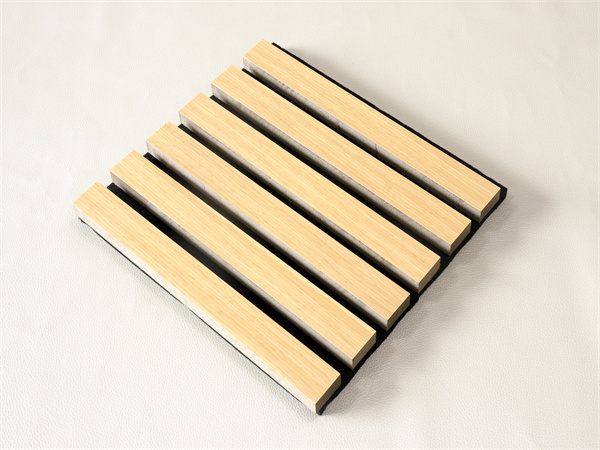No. 19 Anle South Road, Jinpan Village, Zhongluotan Town, Baiyun District, Guangzhou City, Guangdong Province
+86 13678909717
No. 19 Anle South Road, Jinpan Village, Zhongluotan Town, Baiyun District, Guangzhou City, Guangdong Province
+86 13678909717
Acoustic panels have become increasingly popular in recent years as a solution for reducing noise levels in various settings. These panels are designed to absorb sound waves, preventing them from bouncing around a room and creating echoes. But do acoustic panels really work? In this article, we will explore the effectiveness of acoustic panels, including grey acoustic panels, and their impact on soundproofing your space.
Acoustic panels come in various shapes, sizes, and materials. The most common types are foam panels, fiberglass panels, and mineral wool panels. Each type has its own unique properties, but they all share the same basic function: to absorb sound waves. Foam panels are lightweight and easy to install, while fiberglass panels are more durable and can withstand higher temperatures. Mineral wool panels are fire-resistant and offer excellent sound absorption properties.

Grey acoustic panels are a popular choice for many applications due to their neutral color and ability to blend in with any decor. They are also available in a variety of thicknesses, allowing you to choose the right panel for your specific needs. Grey acoustic panels are made from high-quality materials that ensure long-lasting performance and durability.
So, do acoustic panels really work? The answer is yes. Acoustic panels are highly effective at reducing noise levels in a variety of settings, including offices, studios, theaters, and recording rooms. They can also be used in residential spaces to create a quieter environment for sleeping or working.
The effectiveness of acoustic panels depends on several factors, including the size of the room, the frequency of the sound waves, and the type of panel used. In general, larger rooms require more panels to achieve optimal sound reduction. Higher frequency sounds, such as those produced by musical instruments or human voices, are more difficult to absorb than lower frequency sounds, such as those produced by air conditioning units or traffic outside.
To maximize the effectiveness of acoustic panels, it is important to install them correctly. This involves choosing the right type of panel for your specific application, selecting the appropriate number and placement of panels, and ensuring that they are properly secured to the walls or ceiling. It is also important to consider other soundproofing measures, such as sealing gaps and cracks in the walls or using double-glazed windows.
In addition to their soundproofing properties, acoustic panels also offer several other benefits. They can help improve the overall aesthetic of a space by providing a clean, professional look. They can also help regulate temperature by reducing the amount of heat that is transferred through sound waves. This can lead to significant energy savings over time.
When it comes to price, acoustic panels vary widely depending on the type of material used, the size of the panel, and the manufacturer. Grey acoustic panels typically range from $10 to $50 per square foot, with thicker panels costing more per square foot. It is important to compare prices from different manufacturers to find the best deal on acoustic panels that meet your specific needs and budget.
In conclusion, acoustic panels are an effective solution for reducing noise levels in various settings. Grey acoustic panels are a popular choice due to their neutral color and ability to blend in with any decor. To maximize their effectiveness, it is important to choose the right type of panel for your specific application, select the appropriate number and placement of panels, and ensure that they are properly secured to the walls or ceiling. While acoustic panels may require an upfront investment, they offer numerous benefits that can save you money in the long run by improving energy efficiency and creating a quieter, more comfortable environment.